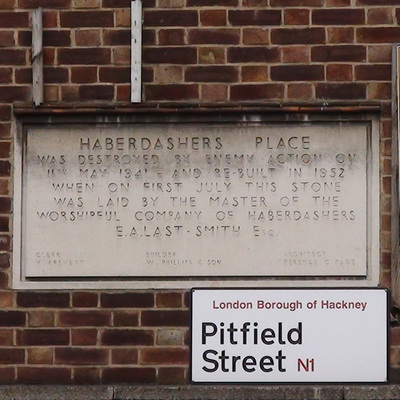Albert Bridge Notice. All troops must break step when marching over this bridge.
The Royal Borough of Kensington & Chelsea
In 1831 the Broughton Suspension Bridge collapsed as a troop of 74 men marched across. Investigations put this down to the effects of mechanical resonance and the army issued an order that troops should ‘break step’ when crossing a bridge.
Given that order no notices should be necessary but the proximity of Chelsea Barracks is cited as the reason for these notices. The Barracks, opened in 1862, closed in 2008 so the notices are no longer needed. These ones were erected after 1965 (when the RBKC came into existence) but perhaps they replaced earlier ones.
Site: Albert Bridge (2 memorials)
SW11, Albert Bridge
Copies of the 'opening' plaque are attached at knee height close to the tollbooths at the NE and SW ends of the bridge. The 4 troops plaques are attached to the tollbooths.
Credit for this entry to: Alan Patient of www.plaquesoflondon.co.uk










Comments are provided by Facebook, please ensure you are signed in here to see them